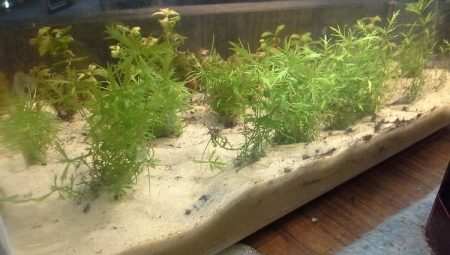The comfort, convenience, and even the health of the inhabitants of the aquarium depends on filling the bottom with a specific type of sand. It helps create a suitable biosphere for fish. In this article we will analyze quartz sand, its features and other nuances.
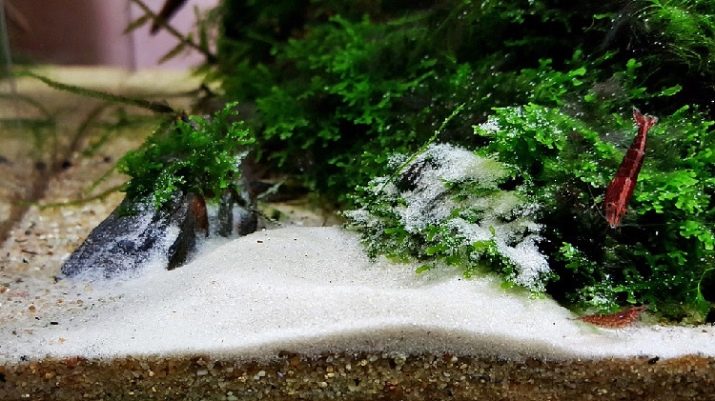
What is it needed for?
Speaking about the role that such sand plays, several points can be noted.
- Quartz filler is important for plants, and for some it is simply necessary, but there are those that can not stand it.
- Separation and exchange of elements in water occurs due to the correctly selected filler. So, a considerable part of the filtration processes occurs precisely with the help of sand!
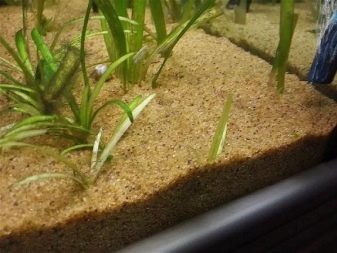
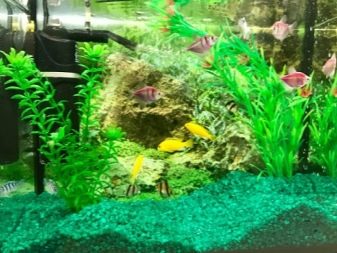
Advantages and disadvantages
Like any soil, quartz sand has its advantages and disadvantages. Choosing this option is beneficial due to the appearance of the filler. With his color palette, he associatively sends us to natural colors, and recalls pleasant sea walks. In addition, it goes well with an aquarium of any configuration.
The biochemical properties of silica sand help to produce carbon dioxide. An additional characteristic of such a filler is its neutrality to any water. It does not add anything to the chemical composition of water, but, nevertheless, it helps to filter out excess iron and manganese. However, there are situations when it is better not to use this type of sand. For example, if there are inhabitants in the aquarium who prefer to dig in deep under the ground.
The negative aspects include the following.
- Sand creates additional turbidity in the water.Therefore, use it with caution if you have frogs or other creatures who love "excavations." They can dig in the ground and create whole clouds of dirt in the water.
- Not all manufacturers offer a quality product.
Some dishonestly replace it with a technical one, be careful.
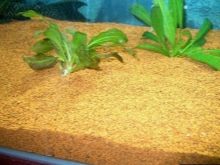
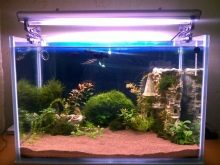
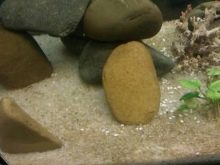
What to choose?
Quartz sand is an already processed version of the aquarium filler. However, many lovers of the underwater world in an attempt to get sand filler just pick up a few scoops at the bottom of the river. You can do this but it is worth paying attention to the presence of clay and other polluting elements in the sand. In color, it can be dark, black, and the grains of sand themselves have the shape of a circle.
In most cases, before use, the filler should be washed and cleaned so that it does not clog the water with turbidity, excess algae and bacteria. If the typed river sand is properly prepared, then it is quite possible to use it.
Purchased same quartz filler is a ready-made option. By itself, it is white and completely homogeneous, in shape each grain of sand is more like a square.
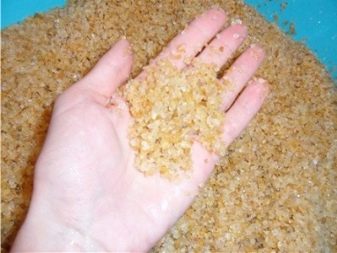
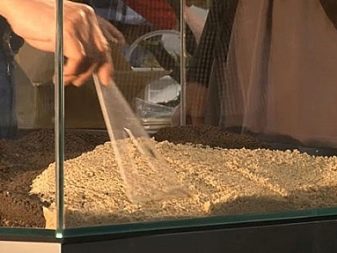
Features of fractions
Fractions are groups of sand that vary in size of grains of sand. For various inhabitants of the underwater world, the following options are best suited.
- If your main inhabitants are small fish which every now and then strive to dig into the ground to hide there, your choice is small granules. They can be dusty, and occupy no more than 1/10 of a millimeter, or slightly larger, but still easy to dig fish. The best option for such creatures is quartz sand measuring 0.25 millimeters. In extreme cases, the option of up to 0.5 mm is also suitable.
- For larger fish, the situation is completely opposite.. They have no desire to hide in the ground, they do it in algae and special houses or do not hide at all. But small grains of sand, especially with the ability to make the water cloudy, can easily get into the gills and cause various diseases, up to the death of the fish. In this case, use sand grains of at least a millimeter. It is better to choose an option of 3-5 mm, you can also river sand.
- The same goes for plants. The larger the grains of sand, the better the roots are washed with water, and the better the green feels.
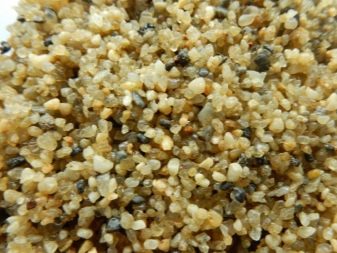
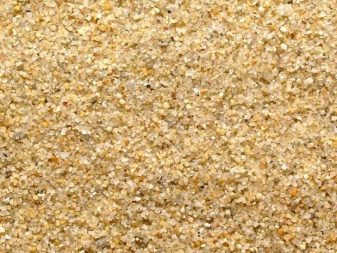
Variety of palettes
If you think that you will be limited to only one option for coloring sand, then this is not at all the case. Indeed, thanks to the imagination of the producers, completely different shades can be used at the bottom of your aquarium. Let's consider them in more detail.
- White perfectly emphasizes the natural color of plants, and makes them visually more contrasting, and therefore more noticeable on a white background.
- The black sand can perfectly complement the entire gamut of colors of your fish. Bright colors are wonderfully emphasized by the dark filler of the lower layer of the aquarium. That is why you can successfully use it to make an even greater impression when you see the inhabitants of your home “ocean”.
- If you are a connoisseur of the color palette and understand what colors are better to combine with, then an incredibly diverse range is presented to your attention the brightest and most colorful sand colors. You can choose your favorite shade or the one that goes well with the color of your fish.
Whatever color you choose, it will not color the water; you should not worry about this.
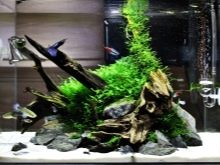
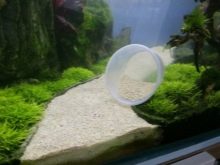
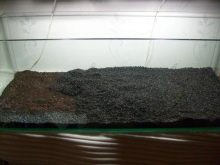
Preparation
Before placing quartz sand on the bottom of the aquarium, it must be cleaned. It is worth paying attention that there is no need to use any detergents. Whatever option you use, you do not need to wash it with chemicals, it is even harmful.
Disinfecting the quartz filler is very simple. You just need to calcine the sand on an iron tray over the fire or just boil it in water.
For these purposes, you can even use a conventional pan, but be sure to stir the substance during the process.
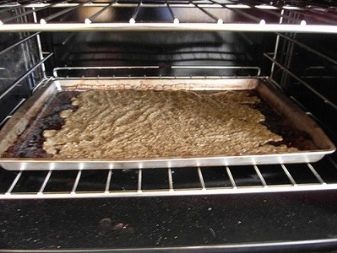

How to care?
Caring for such a filler does not involve anything complicated. Before filling the bottom with the selected quartz sand of the desired fraction, rinse the aquarium and sanitize the sand. After that, fill everything with water, which will be most comfortable for the inhabitants of this home biosphere.
As you contaminate, you will need to pull out the soil and then calcine it again. Usually this is done no more than 2-3 times a year, along with washing the container itself. That's all, you can let residents in and enjoy the beauty and grace of these beautiful creatures, which will be especially noticeable against the background of a quartz filler.

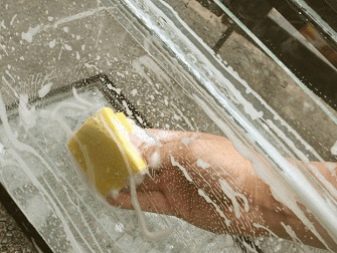
You can find out how to care for quartz sand in the aquarium by watching the video below.
